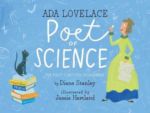
A fascinating look at Ada Lovelace, the pioneering computer programmer and the daughter of the poet Lord Byron.
Featured in WOW Review Volume XI, Issue 4

A fascinating look at Ada Lovelace, the pioneering computer programmer and the daughter of the poet Lord Byron.
Featured in WOW Review Volume XI, Issue 4

An adventurous little girl explores the natural world around her with her animal friends.
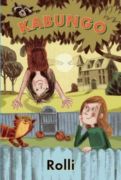
Ten-year-old Beverly is an ordinary girl with an extraordinary best friend. Her name is Kabungo, and she lives in a cave on Main Street. No one knows where she comes from or who she really is, but life is never dull when Kabungo is around.

Ada Lovelace (1815–1852) was the daughter of Lord Byron, a poet, and Anna Isabella Milbanke, a mathematician. Her parents separated when she was young, and her mother insisted on a logic-focused education, rejecting Byron’s “mad” love of poetry. But Ada remained fascinated with her father and considered mathematics “poetical science.” Via her friendship with inventor Charles Babbage, she became involved in “programming” his Analytical Engine, a precursor to the computer, thus becoming the world’s first computer programmer.
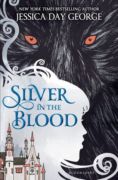
In 1897, 17-year-olds Dacia and Lou, New York socialites and cousins, visit their maternal homeland of Romania and learn the family secret–that they are shapeshifters, expected to take their rightful places and marry proper husbands, and serve the Dracula family.
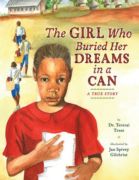
This is the story of a little girl with big dreams. All the girl ever wanted was an education. But in Rhodesia, education for girls was nearly impossible. So she taught herself to read and write with her brother’s schoolbooks and to count while watching cattle graze. When the girl became a young wife and mother, she wrote her goals on a scrap of paper and buried them in a can—an ancient ritual that reminded her that she couldn’t give up on her dreams.
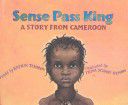
Despite a jealous king’s repeated attempts to get rid of her, Ma’antah continually manages to outwit him and proves herself worthy of the name Sense Pass King.
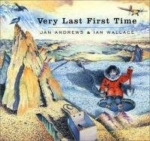
Eva lives in an Inuit village in northern Canada. In the winter, people search along the bottom of the seabed beneath a thick shelf of ice for mussels to eat. Eva usually helps her mother, but for the first time, shes going to go by herself. She soon gathers a pan full of mussels. But then, her candle goes out, and the tide threatens to return! When she is finally safe with her mother, Eva proclaims, that was my very last first time walking alone on the bottom of the sea.
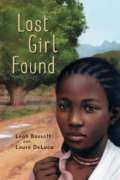
For Poni, life in her small village in southern Sudan is simple and complicated at the same time. But then the war comes and there is only one thing for Poni to do. Run. Run for her life. Driven by the sheer will to survive and the hope that she can somehow make it to the Kakuma refugee camp in Kenya, Poni sets out on a long, dusty trek across the east African countryside with thousands of refugees. In Kakuma she is almost overwhelmed by the misery that surrounds her. Poni realizes that she must leave the camp at any cost. Her destination is a compound in Nairobi. There, if she is lucky, she can continue her education and even one day convince authorities that she is worthy to go to the land of opportunity called America. Even more than the dramatic events of the story, it is Poni’s frank and single-minded personality that carries this novel. In a heartbreaking final twist, she finds her mother just as she is about to leave for the U.S., and must make the hardest decision of all.
Featured in WOW Review Volume X, Issue 4.
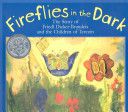
Covers the years during which Friedl Dicker, a Jewish woman from Czechoslovakia, taught art to children at the Terezin Concentration Camp. Includes art created by teacher and students, excerpts from diaries, and interviews with camp survivors.